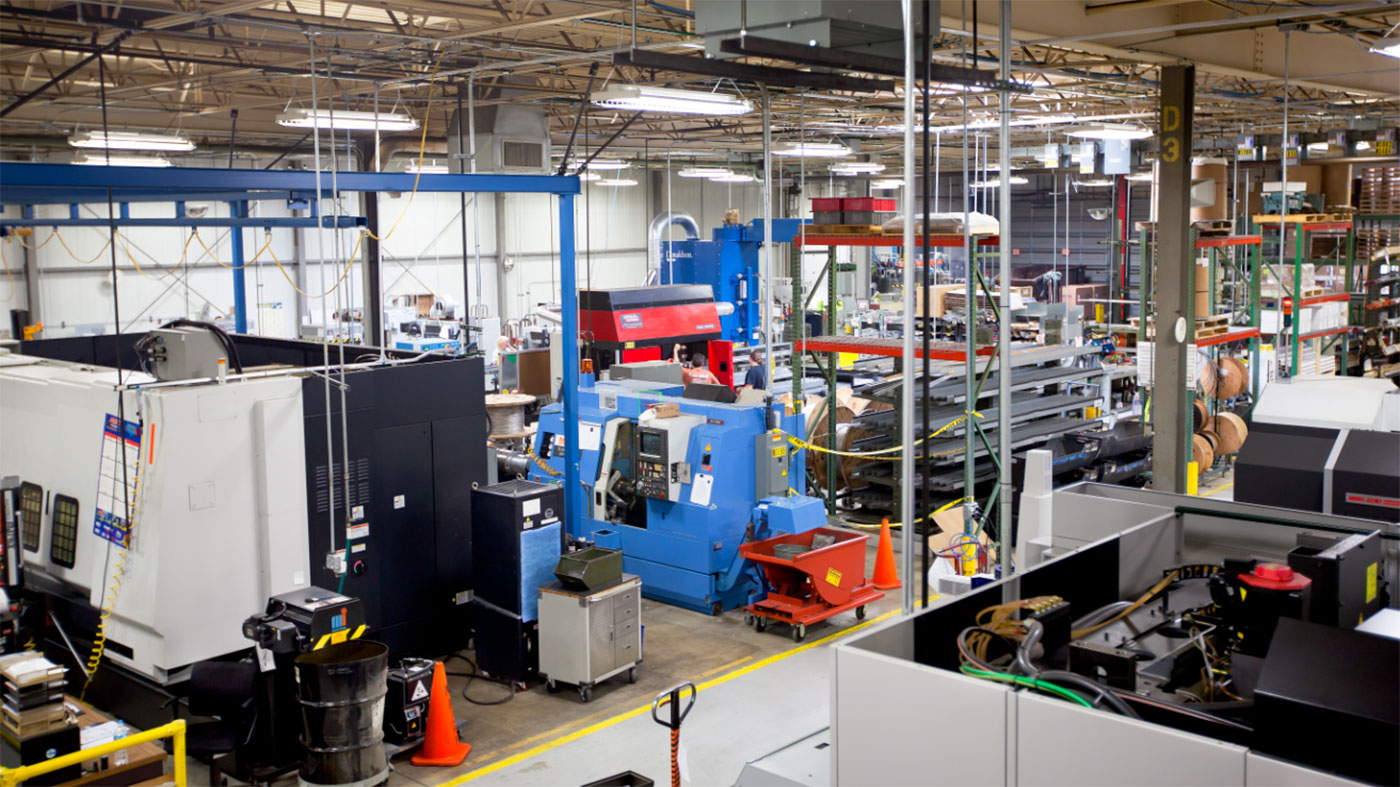
An application that manages production activities must also include the planning functionality, also known by the acronym APS (Advanced Planning and Scheduling).
Even though xTrack MES started from the operational area, the movement of materials through the warehouse and real-time recording of consumption, it also contains an efficient production planning module, endowed with an intuitive and easy-to-use graphical interface. Here we refer to the representation on the GANNT chart of the planning depending on machines or order.
The planning is based on the necessary production and calibration times, the work schedule of the machines, the order priority, the date on which the finished products must be delivered, the productivity of the machines and many other parameters.
Scheduling is done automatically, but the user of the application can make corrections by simple Drag & Drop operations to move jobs from one machine to another or from another period of time. The rearrangement of the other jobs will be done automatically by the application.
Feeding materials into machines is the first step in the warehouse when executing production orders. Based on production recipes and required product amount or quantities received from the ERP, moves are generated from the storage areas of raw materials, semi-finished products (WIP – Work In Progress) and reusable materials (rework) to production machines that are involved in the execution of the production order lanched. Equipment planning can be done manually or automatically through the APS (Advanced Planning and Scheduling) module.
The algorithms are parameterizable so that each machine is not fed excessively with large amounts of materials.
The move is performed using tasks generated and managed by xTrack MES, thus ensuring the saving of data, such as:
Delivery is equivalent to the entry into stock of the finished or semi-finished product from a machine, and consumption is what the operator declares to have actually been consumed in order to deliver the confirmed quantities.
We have built mechanisms through which xTrack MES guides the operator so that the statements are error-free, especially those related to consumption.
This will save all the data needed for full traceability, including:
A batch is generated for each production order on each semi-finished or finished item.
Raw materials, materials or finished products will have to be moved, their destinations being:
This process is an automatic one, which is triggered at certain events:
Correct and real-time recording of scrap items (defects or scrap) and rework items (reworkable materials) can make the difference between profit and loss in production flows. Their declaration must be part of the normal flow of production.
In xTrack MES there are several configurations through which the operator can be warned that he must declare these types of items as well. Configurations are made both at the item level and at the production stage level, and there are certain types of rework or scrap items for each declaration.
Scraps are usually items that can no longer be used, but there are implementations in which this term has taken on other meanings, namely fractions of raw material items that, at some point, can be reused for production depending on size characteristics. The selection of these scraps to be moved and consumed is done by xTrack MES. Rework(able)s can be generic items that may be used in production, but can be selected by the users, if they so wish.
Considering all the configurable xTrack MES functionalities: planning, launching and tracking, as well as the method of visualizing production orders and recipes, displaying the status of the production order according to the status of each production job within it has become a standard.
Visualizing status in graphical windows with progress bars or similar graphs can be done in two windows of the application:
These ways of visualizing data can become a source of inspiration for CRM or B2B (business to business) applications where customers could see the progress of orders.
Traceability is a major goal of the implementation of a production management software application. From the perspective of xTrack MES, traceability reports must provide information at a click away, information about where and how a particular item was produced from a particular pallet and from a certain batch, delivered to a customer.
In the complex structure of a production order this information is not easy to follow. The traceability chapter has been given a lot of attention by the creation of a special module that saves this data for quick and easy reporting. The basic traceability information is:
More and more machines have the ability to communicate with external applications. Through xTrack MES this interface can be created for:
The integration of the machines in xTrack MES is made transparent to the user who, through current activities, for example, production declaration, can automatically generate a message to receive data on the quantity produced and measured by the machine to make a check of quantities declared by the operator.
The reporting module is very flexible and allows the visualization of data in various forms. A module for generating new reports is integrated in the application, through which trained users employed by customers can make their own reports.
Any report can be visualized and exported in different formats and any user has the possibility of saving their own templates, especially pivot tables, to extract the data needed in daily activities.
All the reports can be displayed on a WEB platform to which partners, customers or service providers can have controlled access (username & password) to visualize certain information. The administration of people’s access on this platform is done directly from the specialized module included in xTrack MES. Different users, employed by the same customer, may have different rights. Reports from all xTrack suite applications can be brought to the same platform.
One feature of reports is that they can be configured to be automatically sent to any email address, internal or external, depending on certain parameters or at certain times.